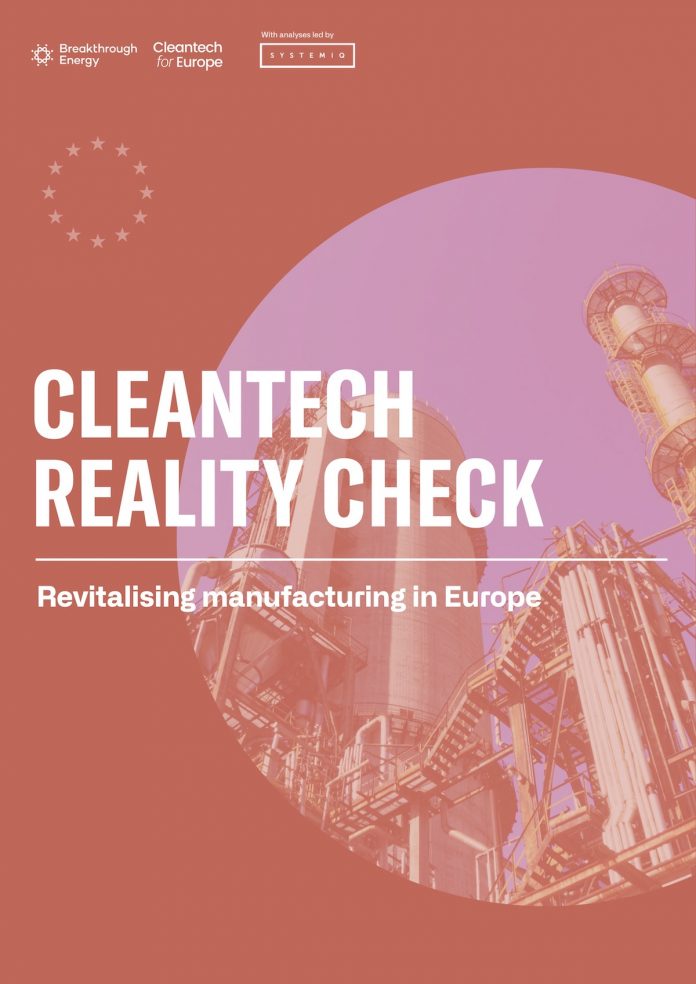The Cleantech Reality Check highlights how green steel, battery, and electrolyser manufacturing industries currently struggle to scale up in the face of global competition.
While Europe leads in cleantech innovation, high energy costs, slow investment, and weak demand signals are hindering industrial growth. The European Commission’s forthcoming Clean Industrial Deal underscores the urgency for action. As the EU attempts to create strong market signals and demand-side measures, it risks losing its early lead and falling behind in global cleantech manufacturing.
Ann Mettler, Vice President, Breakthrough Energy Europe: “Europe faces a ‘scale or fail’ moment in the race for green industrial leadership. Too often demand signals are weak, energy costs make investment economics disadvantageous, and markets remain needlessly fragmented. Unless Europe finally makes a compelling business case for the clean energy transition, it risks not only repeating the old pattern of pioneering innovation at home only to see it commercialised elsewhere but also stands to lose even more of its manufacturing and industrial base. In times of war and geopolitical strife, setting the right course with the forthcoming Clean Industrial Deal is of existential importance.”
The Cleantech Reality Check presented by Breakthrough Energy and Cleantech for Europe, and featuring analysis from Systemiq, outlines the challenges and opportunities for three critical cleantech manufacturing sectors:
- Green Steel: While Europe hosts >50% of global low-carbon steel projects, high industrial power and hydrogen costs hinder its competitiveness. Half of today’s green steel projects face delays or cancellations due to policy uncertainty and weak demand signals. The EU must accelerate clean energy access, stimulate demand via green procurement, and strengthen carbon pricing to close the cost gap and meet its 2030 targets.
- Electrolyser Manufacturing: Despite high production capacity built up in the first half of the decade, deployment of green hydrogen is at risk of stalling without a significant surge in demand. Stronger financial support, clear market incentives, and streamlined permitting can ensure hydrogen remains a cornerstone of Europe’s clean industrial strategy.
- Battery Manufacturing: This sector faces fierce global competition, with costs in Europe coming in materially higher than China’s. The EU’s goal of 400 GWh annual battery production by 2030 is threatened by project cancellations and cost disadvantages and slowing EV demand and project cancellations further threaten momentum. Urgent action is needed including EU-wide EV subsidies, procurement favouring EU-made batteries, and stronger recycling infrastructure.
Julia Reinaud, Senior Director, Breakthrough Energy Europe said, “A pragmatic understanding of the competitive landscape is vital for cleantech manufacturing success. Our manufacturers face real challenges: higher input costs and regulatory hurdles. This isn’t pessimism, but realism. We must bridge these cost gaps, streamline regulation without compromising standards, and actively support our manufacturers. Without immediate action, we jeopardise not only our current progress but also our future position in the cleantech industry.”
Download the Cleantech Reality Check here.




